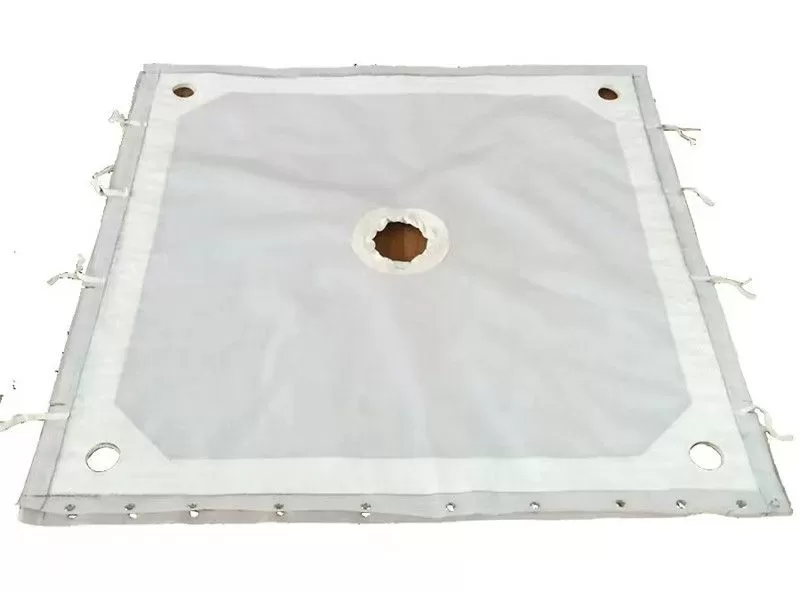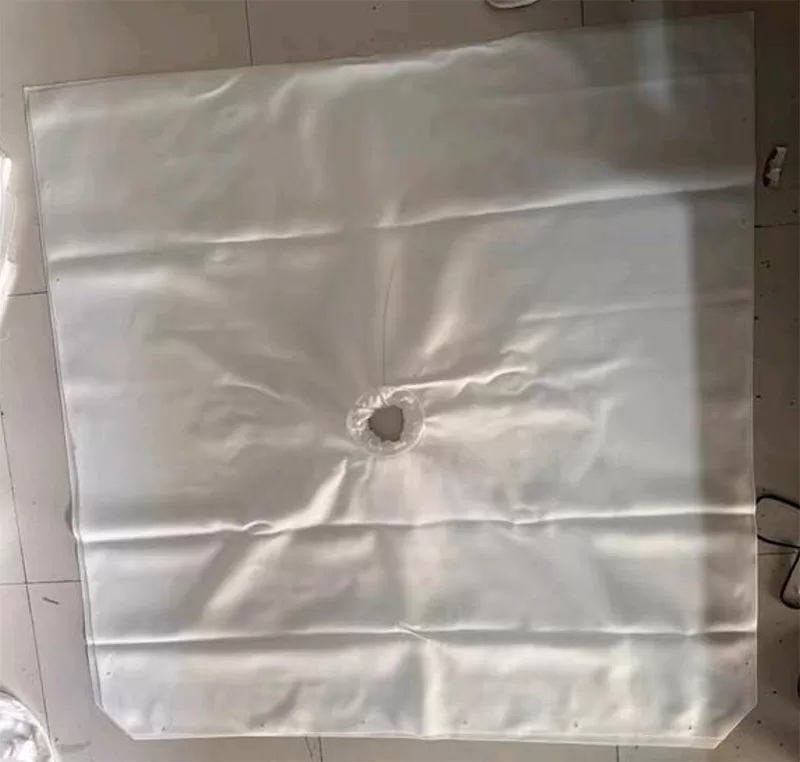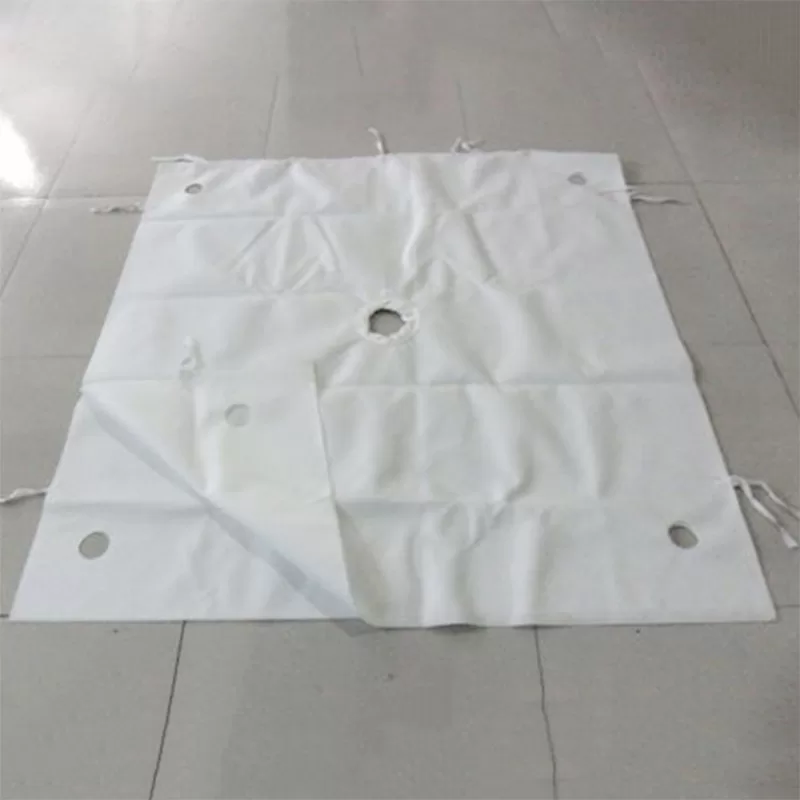Polypropylene filter cloths come in monofilament, multifilament, and a combination of both. While they’re all workhorses in the filtration industry, understanding their differences is key.
1. Polypropylene Monofilament Filter Cloth:

- Think “Single Soldier”: Composed of a single, fine fiber, resulting in uniform pores.
- Benefits: High filtration accuracy due to consistent pore size, smooth surface for easy cake release, and good overall filtration efficiency.
- Applications: Ideal for scenarios demanding high precision, such as filtering fine chemicals and pharmaceuticals.
2. Polypropylene Multifilament Filter Cloth:

- Strength in Numbers: Made by twisting multiple fibers together, creating a thicker “yarn.”
- Advantages: Superior strength and wear resistance compared to monofilament.
- Trade-off: Pores tend to be less uniform, potentially impacting filtration accuracy.
- Best for: Applications requiring high mechanical strength and wear resistance, like mining and metallurgy filtration.
3. Polypropylene Monofilament-Multifilament Blend:

- The Marriage of Muscle and Finesse: Combines monofilament and multifilament fibers within the same cloth.
- Synergy: Offers a balance between the high filtration accuracy of monofilament and the strength of multifilament.
- Versatility: Adaptable to various industries based on specific filtration needs.
Choosing the Right Cloth:
As ChinaFilter aptly points out, selection hinges on your specific filtration process:
- Process Requirements: Consider factors like desired filtrate clarity, cake release properties, and the type of material being filtered.
- Material Characteristics: Analyze the properties of the material you’re filtering to determine the strength and wear resistance needed.
- Working Conditions: Temperature, pressure, and chemical compatibility are crucial factors in cloth selection.
Conclusion
Consulting with a filter cloth manufacturer can provide valuable insights to ensure you choose the optimal filter cloth for your application.
